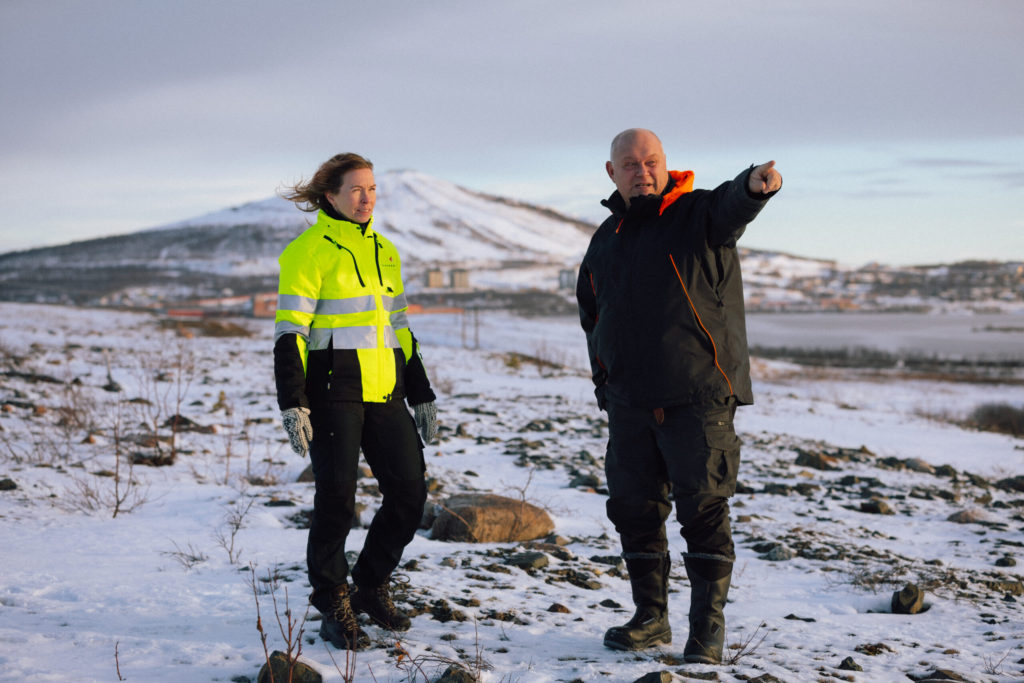Copper price reviving old deposits
“We intend to move our Moonlight-Superior project towards the production stage as quickly as possible.”
US Copper ceo Stephen Dunn
US Copper, formerly known as Crown Mining, says it intends to undertake 2,100 to 3,000 metres of core drilling at the Superior deposit. It is one of three deposits at the 100% owned Moonlight-Superior copper project in Plumas County, previously drilled in the 1960s by Placer Amex.
“We intend to move our Moonlight-Superior project towards the production stage as quickly as possible, and the current drilling program is the first step,” said president and CEO Stephen Dunn in a June 1 statement.
“A recovery in copper prices and the global transition to sustainable energy through electrification with non-fossil fuel alternatives have created an ideal environment for new copper development in the United States,” he said.
The district contains substantial copper-silver sulphides and copper oxide resources in three deposits – Moonlight, Superior and Engels – and several partially tested and untested exploration targets.
The Superior and Engels Mines operated from about 1915-1930, producing over 161 million lb. of copper from over four million tons of rock containing 2.2% copper with silver and gold credits.
The former operator Placer Amex, which later morphed into Placer US, had calculated a historical resource of more than four billion lb. of copper. They sold the project to focus on their gold portfolio. Several junior mining companies then owned the project from 1994 to 2011, which undertook a succession of incremental exploration campaigns.
The current compliant resource estimate entails a more modest 1.3 billion lb. of copper in the indicated and inferred categories grading on average 0.25% copper.
The drilling program in 2021 is designed to define a high-grade starter pit, increase and upgrade resources and establish silver and gold credits.
A 2018 preliminary economic assessment has calculated an after-tax net present value at Moonlight of $179 million at $3.15 per lb. copper price.
European revival
Meanwhile, Sweden-based Copperstone Resources said Friday it had this week opened up and entered the Viscaria copper mine for the first time since it was shuttered in 1996.
Historically, the Viscaria mine produced 12.5 million tonnes of ore grading at 2.3% copper. The company believes it has “excellent potential” to become a producing mine again.
The time has come to inspect the status of groundwater, rock mechanics and geology in greater detail.
For a quarter of a century, a 50-meter long and 6-meter-thick moraine layer had covered the entrance to the mine. Still, the company believes the time had come to inspect the status of groundwater, rock mechanics and geology in greater detail.
The company hopes to receive confirmation that previous remediation has been successful and that the main infrastructure is in good condition as it works to restart production of the high-grade operation.
Despite the work being part of a feasibility study, CEO Anna Tyni said, “it feels like a historic day for us who grew up with the mines in Kiruna.”
“The test drilling and environmental investigations we have been able to do above ground have met our expectations and now we are taking the next step and investing in further studies inside the old mine,” said Tyni.

More thorough studies of groundwater quality and level are necessary for the environmental permit application, which the company expects to submit to the Land and Environment Court by year-end.
Viscaria hosts several mineralised domains, including the D Zone, which has considerable volumes of iron ore too. Given the recent record iron ore price, it incentivises the company to get the operation active as soon as possible.
A 2020 resource statement estimates the project to holds 58.97 million tonnes for 699,400 tonnes of copper grading 1.2%. The project also has five million tonnes of iron ore at an average grade of 28.44%.
The Viscaria project area is about five kilometres west of the town of Kiruna. It is close to major infrastructure, including the E10 highway, the Luleå-Kiruna-Narvik railway, and the established hydro-power grid.




